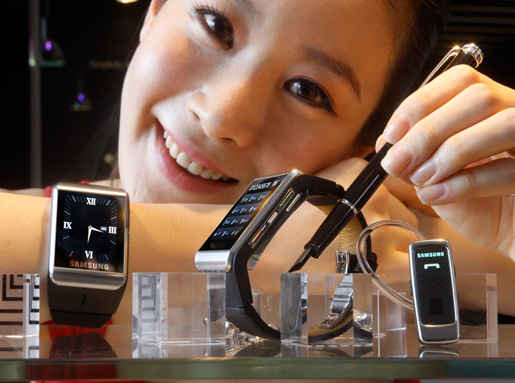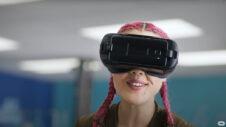Currently, Samsung only makes consumer-centric smartwatches and virtual-reality headsets, but it is exploring bigger opportunities for the business. The company wants to make work fun and productive using wearable devices like smartwatches and virtual-reality headsets.
At a Samsung event in New York, Eric McCarty, vice president of mobile marketing, stated that business are interested in smartwatches for alerts and immediate access to critical information, while virtual-reality headsets like the Gear VR are drawing attention for presenting multimedia content in a unique and immersive way. However, there are challenges with both the types of devices, information security and BYOD integration for smartwatches, and content creation for virtual-reality headsets.
Samsung proposed some business use cases for both these device categories during the event. The company stated that smartwatches can be used by day traders, field service workers, and workers in restaurants to access immediate information and stay updated regarding their jobs. Day traders can get alerts for stock prices or make trades on a timely basis, while filed service workers can stay updated with job alerts while being on the road. Samsung sells smartwatches like the Gear S with 3G connectivity, so there's no need for these devices to be extensions of users' smartphones. Besides accessing information, smartwatches and other wearable devices can also double up as access cards or as pointing devices during presentations.
Samsung stated that there's a huge amount of interest about virtual-reality headsets from automotive and real-estate industries. These devices can be used to display training videos, virtual tours of homes and other types of real estate. However, devices like the Gear VR can only be as good as the content created and deployed for them. Remember when Lamborghini teamed up with Samsung to provide virtual driving experience of Huracan supercar through Gear VR? Device makers can even create highly-customised, high-priced devices for enterprises that will be sold in small volumes.
Bob O'Donell, principal analyst at Technalysis Research, said that it could take years of experimentation to figure out how these devices can fit in the enterprise. “You have to have a pretty robust and rugged device. Consumer-grade stuff isn’t really going to cut it“, he said.





